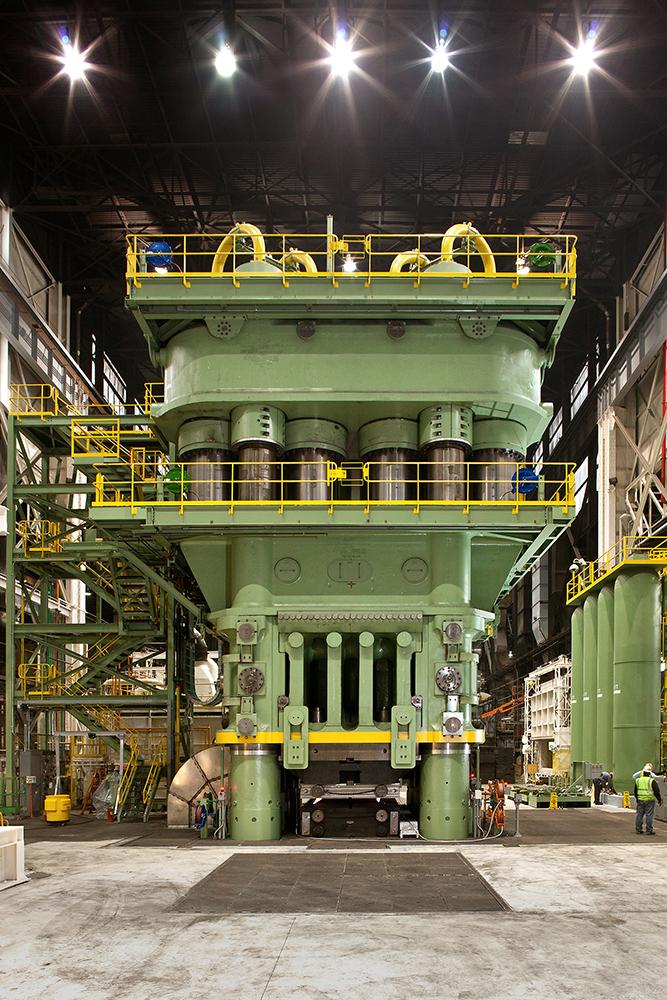
The war in Ukraine could cost global commercial aerospace players up to 30% in added costs for titanium alone, according to a recent report by the economic consultancy AlixPartners. Managing Director David Wireman also sees escalation of other metals’ costs as possible challenges to global aftermarkets, and fears for the future of Russia’s carriers, with parts cut off by sanctions and no good alternatives for replacing them.
So far, metal exports from Russia have not been prohibited. But sanctions on finance and shipping, plus western efforts to reduce reliance on Russian sources, are pushing metal buyers toward alternatives that can be more expensive.
For example, Russia mines 11% of the world’s nickel, used in engines and avionics, and prices for nickel mill shapes in May 2022 are up 21% from November 2021, when Russia started massing troops on Ukraine’s border. Russia mines 43% of global palladium, used in engines and avionics. Spot palladium is up 15% since November.
Russia and Ukraine together produce 22% of titanium sponge and ingots—materials milled for use in engines, landing gear and airframes. Prices for titanium mill shapes have risen 7% since November 2021. “Supply of titanium is most vulnerable due to the risk of sanctions and a lack of spare capacity or alternative sources worldwide,” the report states. “Main programs and systems impacted are [Boeing] 787 and [Airbus] A350 landing gear, engines and pylons.”
Russia produces 6% of the world’s aluminum, and milled aluminum prices rose 11% through May.
Apart from prices, which affect all buyers, European OEMs are more vulnerable to titanium supply disruptions. Many OEMs get proportions of their titanium from Russia’s VSMPO-AVISMA: Airbus gets 65%, Boeing gets 35%, Safran gets 50% and Rolls-Royce gets 10%, while GE gets only 1%. Fortunately, “Major OEMs have purposefully built-up stock levels that currently vary from a few months’ supply to less than a year,” the consultancy reports.
It takes 18-24 months to qualify new suppliers, which adds costs, and new supplies are likely to be more expensive. Although landing gear and engines are most affected, Wireman estimates that titanium averages 6% of legacy narrowbodies’ weight, 8% of older widebodies’ weight and 15% of weight on new widebodies.
All these cost pressures come on top of increasing oil prices, also exacerbated by the war.
Russia’s challenges in maintaining its fleets are even more daunting, with Western sanctions on parts and technical support. These could prevent or substantially delay an eventual return of Russia’s international flights, although, “Domestic flying may limp along,” says Wireman. He is very skeptical of Russia’s ability to reverse-engineer replacement parts for aircraft. “The engine tolerances are incredible,” he notes. A largely crippled industry might ultimately result in nationalization.
Boeing recently ended titanium purchases from Russia, and Japan’s Toho Titanium is increasing supplies of titanium sponge for new U.S. orders. Pittsburgh’s Howmet Aerospace, one of the top-four sources of milled titanium, has substantial spare capacity and a 50,000-ton press, according to Ramiro Gutierrez, president of engineered structures. Howmet is speaking to customers about diversifying away from Russia’s VSMPO under long-term supply agreements. If needed, the company may invest in additional capacity, Gutierrez says.
Should the war or sanctions continue long enough, some have theorized the world might even split into two aviation supply chains. The business research group Conference Board recently surveyed European and Chinese CEOs on the prospects for a general division of the world economy. Board European Economist Ilaria Maselli reports 80% of CEOs expect there will be competing blocs in world trade in five years. However, most believe this will not be easy to achieve, and most are not moving very fast in that direction.





